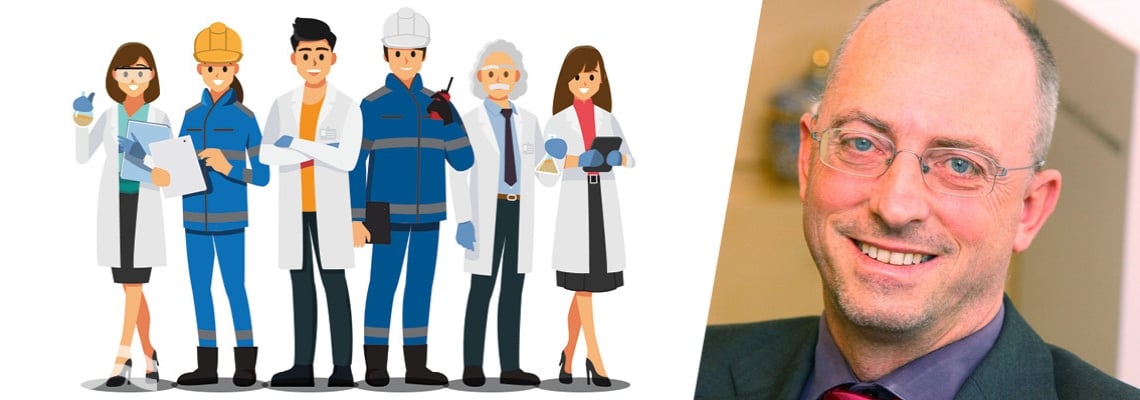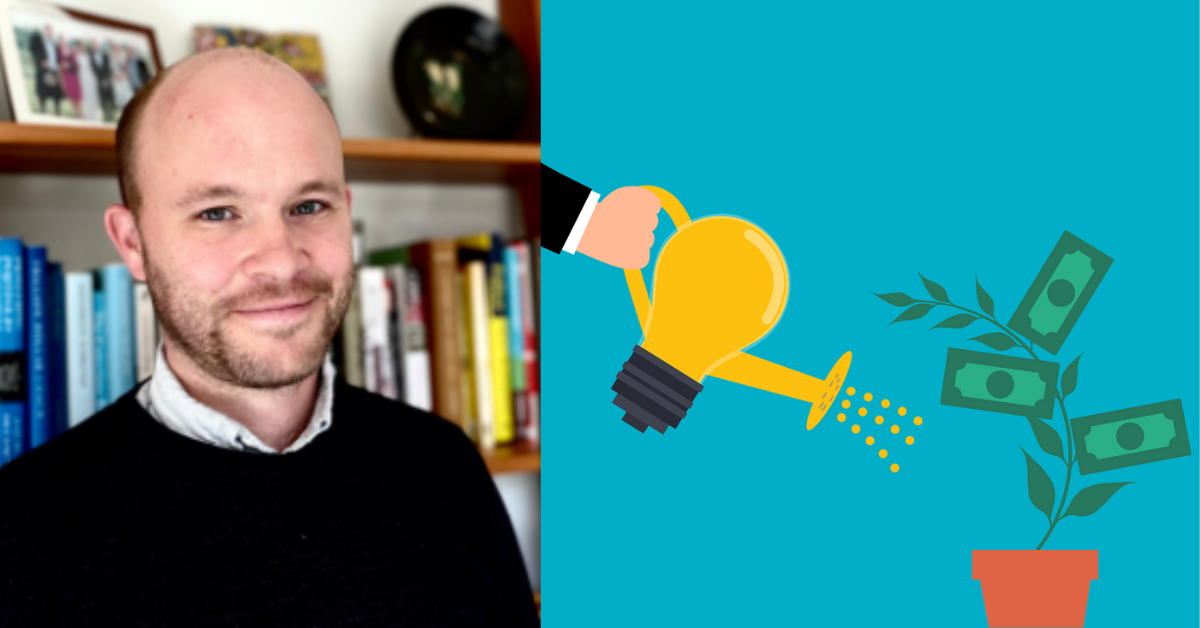Mark van Loosdrecht: To innovate, let's cultivate scientific curiosity
 Mark van Loosdrecht
Mark van LoosdrechtTo stimulate innovation in the water sector, we need to promote curiosity-driven scientific research, embedded in an engineering context, writes Mark van Loosdrecht.
Speeding up slow innovation
Engineering and science are still separate disciplines. This is often framed by the characterisation that scientists know everything of almost nothing and engineers know almost nothing about everything.
However, the real differences lie in either being curiosity-driven or goal-oriented.
“Innovation is seen as crucial for developing green and sustainable circular societies, with a fully integrated water sector.”
Innovation is seen as crucial for developing green and sustainable circular societies, with a fully integrated water sector. Unfortunately, such innovation often takes place slowly. This is partly due to the water sector itself, where basic structure and design remains unchanged over some 3000 years.
It is also due to a disconnect between engineering and science communities. Environmental engineers too often start with already known concepts. Scientists, meanwhile, have too limited an interest in demand by markets or users.
The engineering approach
Numerous examples exist on this disconnect but perhaps most relevant is phosphate and energy recovery from wastewater. Let me explain why.
Phosphate can be most easily recovered from digestate as struvite, and that is then also the focal point of development in practice. Well-known technologies, derived from other sectors, are then implemented.
As a result, such an engineering approach stalls the recovery of phosphate. Partly because effectively only 15 per cent of phosphate is recovered, but also because the recovered material lacks desirable properties. In such a case, it becomes easier to blame the regulating agencies for failing to build a good value supply chain.
The scientist approach
Scientists meanwhile start by first looking to the forms of phosphate in the sludge. This results in describing the system, but it often stops there. The development of new technology only happens when, for example, it's recognised that the main form of phosphate within a sludge digester is vivianite.
By evaluating the properties of vivianite, it raises the possibility that a simple magnetic separation process can be used to separate the resource from digested sludge. Yet, the process of how to bring vivianite to market still has to be solved. Such a curiosity-driven approach led to a technology that was only thought of recently.
Energy is often the fixation in much environmental engineering literature. As a result, the focus is on producing biogas either by direct wastewater treatment or by sludge digestion, which is an excellent way to reduce the sludge amounts, and that is also the main driver. The direct anaerobic treatment of wastewater seems to be a holy grail in environmental engineering.
"it's clear the attention is mostly on improving technology instead of understanding the limiting factor for the application of anaerobic municipal wastewater treatment."
However, if you look at the research, it is clear the attention is focused on improving technology instead of understanding the limiting factor for the application of anaerobic municipal wastewater treatment.
When we realise it is possible to recover ten times more energy from effluent heat, it seems logical to focus on beneficial use of recovered heat. Luckily, this takes place, but still, the innovations in heat recovery are limited.
Cultivating curiosity
Energy savings might be another side of the energy medal. The curiosity-driven research into the morphogenesis of microbial aggregates has led to the development of the Nereda technology, where energy is saved because of the absence of most mechanical equipment.
To stimulate innovation in the water sector, we need to promote curiosity-driven scientific research, embedded in an engineering context. Both science and engineering have a role to play. This will only work if there are communication and respect for the time dynamics of the different approaches.


